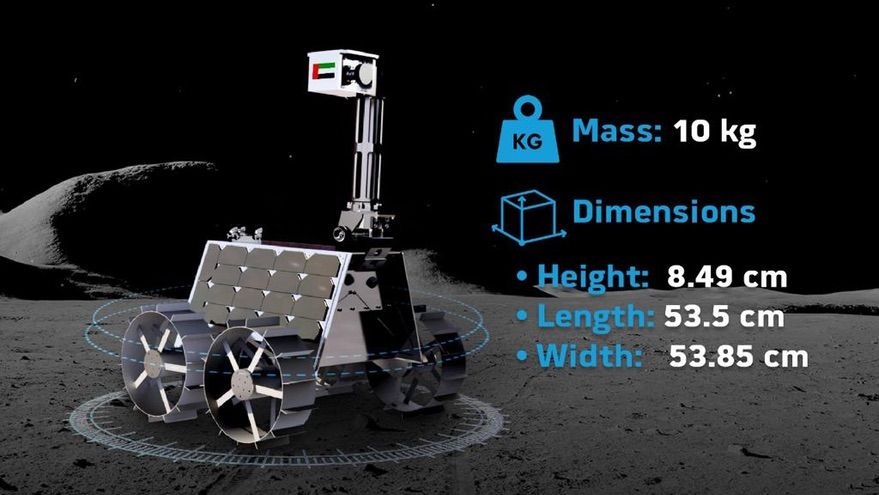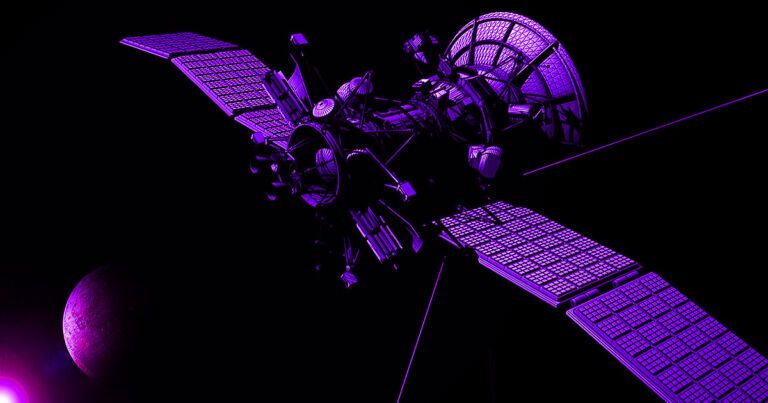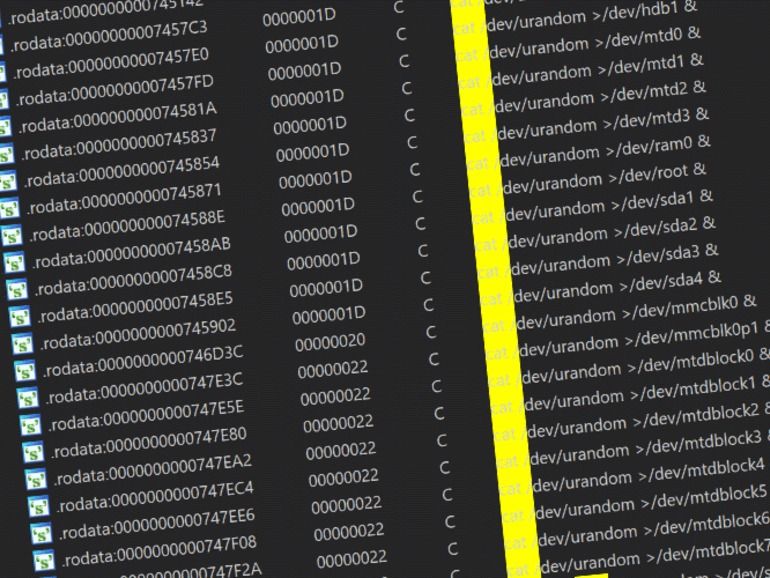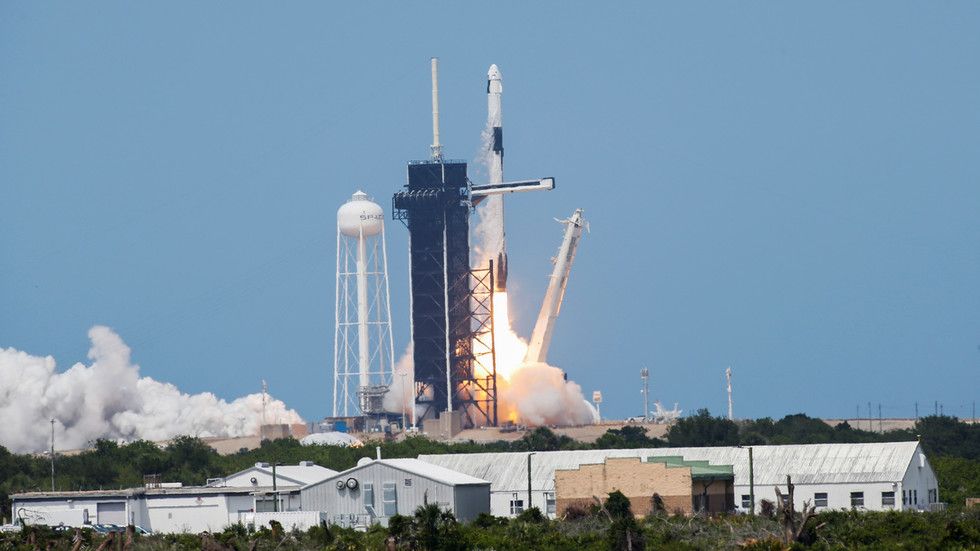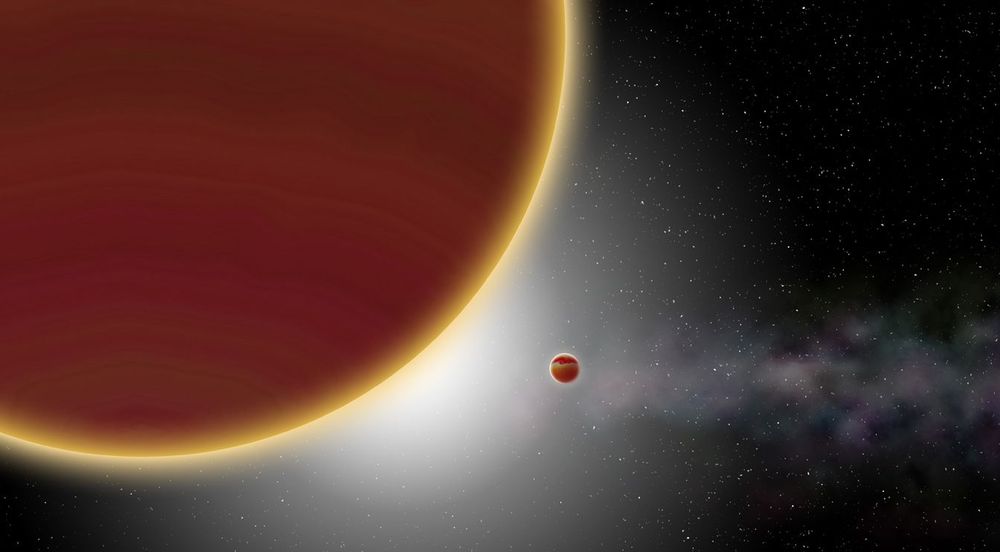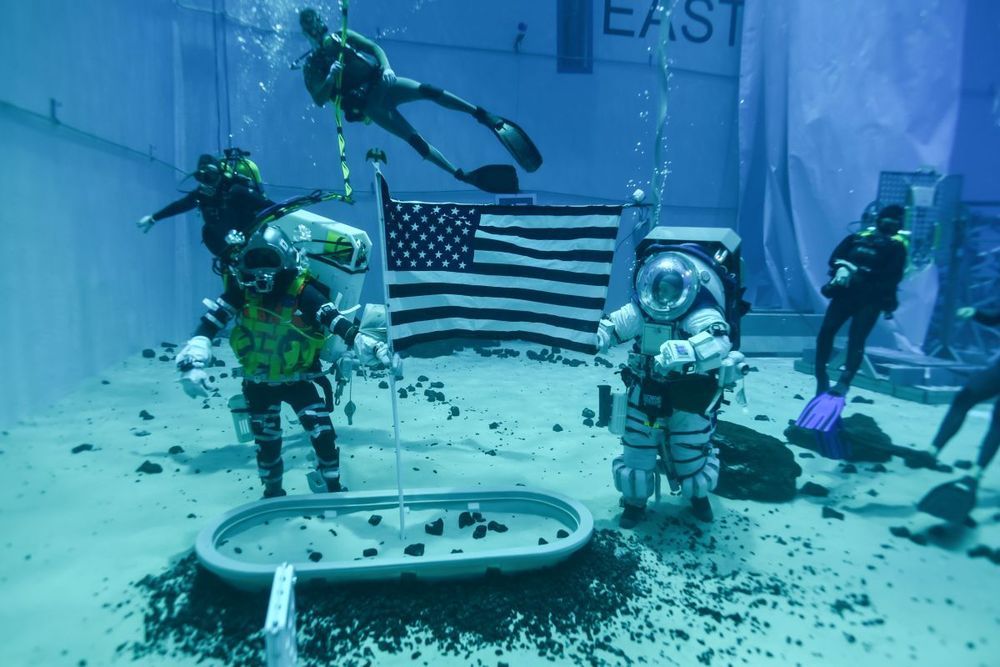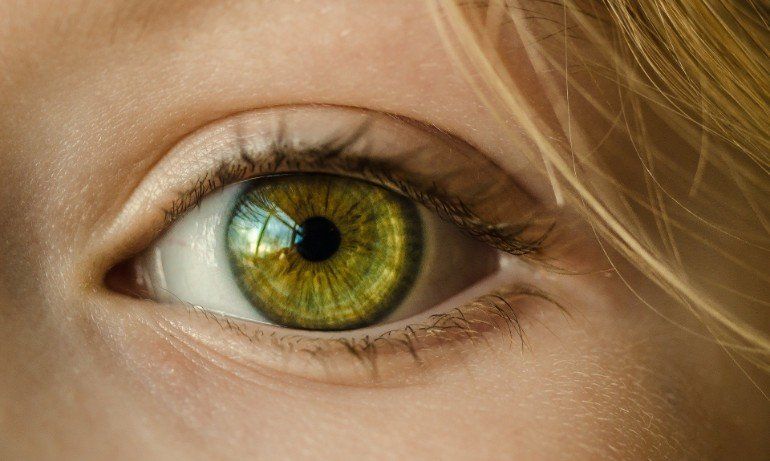WASHINGTON — The United Arab Emirates plans to send a small rover to the moon in 2024, the latest step in the country’s growing space ambitions.
Sheikh Mohammed bin Rashid, vice president and ruler of Dubai, formally announced the Emirates Lunar Mission Sept. 29. That mission will place a small rover on the moon carrying several instruments that officials with the country’s space agency say will complement lunar missions by other nations.
“Primarily, we would like to advance our capabilities and technologies,” said Hamad Al Marzooqi, project manager for the Emirates Lunar Mission at the Mohammed Bin Rashid Space Centre, in an Oct. 5 interview. “Since we’re going to the moon, it would be a shame if we don’t do interesting science there.”
